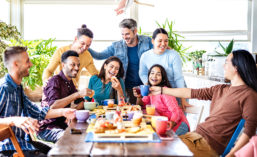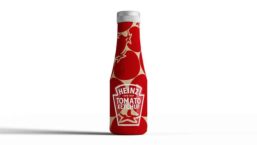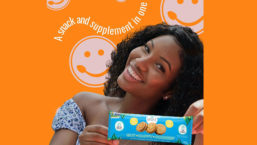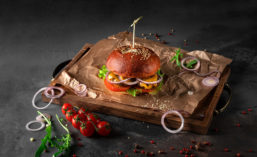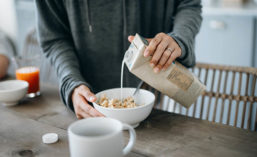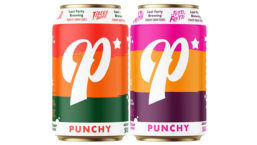Articles by Lu Ann Williams
Plant-based ingredients and products align well with opportunities in 2023
Read More
Gen Z Consumers Influence Everything from Taste to Expansive Food and Beverage Trends
Product developers work to position new innovations and messages to youngest group of adults
April 28, 2023
Upcycled Ingredients Star in New Wave of Finished Foods and Drinks
Food and beverage product launches with a food waste and/or upcycling claim experienced 52% average annual growth between 2017 and 2021
February 15, 2023
Snacks Appeal to Consumer Interests with Fun, Indulgence and Nutrition
Consumers are poised to splurge in small ways on affordable pleasures such as snacks that bring a high level of enjoyment for a low price.
January 13, 2023
Tracking 2022 Packaging Trends
Processors, Packaging Suppliers Push Sustainable Advances to Reduce Waste
December 14, 2022
Sugar Reduction Remains a Priority for Consumers and Manufacturers
Reducing sugar content can be a challenge for formulators who want to retain product sweetness, taste, and sensory characteristics
November 16, 2022
More Foods, Beverages Embrace Functional Ingredients for Feel-Good Benefits
The concept of "mood" continues to impact product development, with a growing numbers of products positioned for mood health benefits
September 28, 2022
Plant-Based Food, Beverage and Ingredient Innovation Expands with Consumer Interest in Personal and Planetary Health
Plant-forward innovation is setting the pace for the wider food industry, where technology-driven solutions are gaining broader consumer acceptance
September 14, 2022
Protein in Non-Dairy Products
Pour it on! Protein is a key nutritional element in the growing non-dairy sector
July 28, 2022
Consumers Associate Natural, Organic with Clean Label
Consumer surveys conducted by Innova Market Insights during the past two years demonstrate a range of perceptions regarding natural and organic
June 14, 2022
Unlock the Future of Food and Beverage Innovation
Are you a leader in research & development? Stay ahead of the curve with Prepared Foods, the premier source of information and insights for today's trend leaders and taste-makers in food and beverage manufacturing.
JOIN TODAYCopyright ©2025. All Rights Reserved BNP Media.
Design, CMS, Hosting & Web Development :: ePublishing


